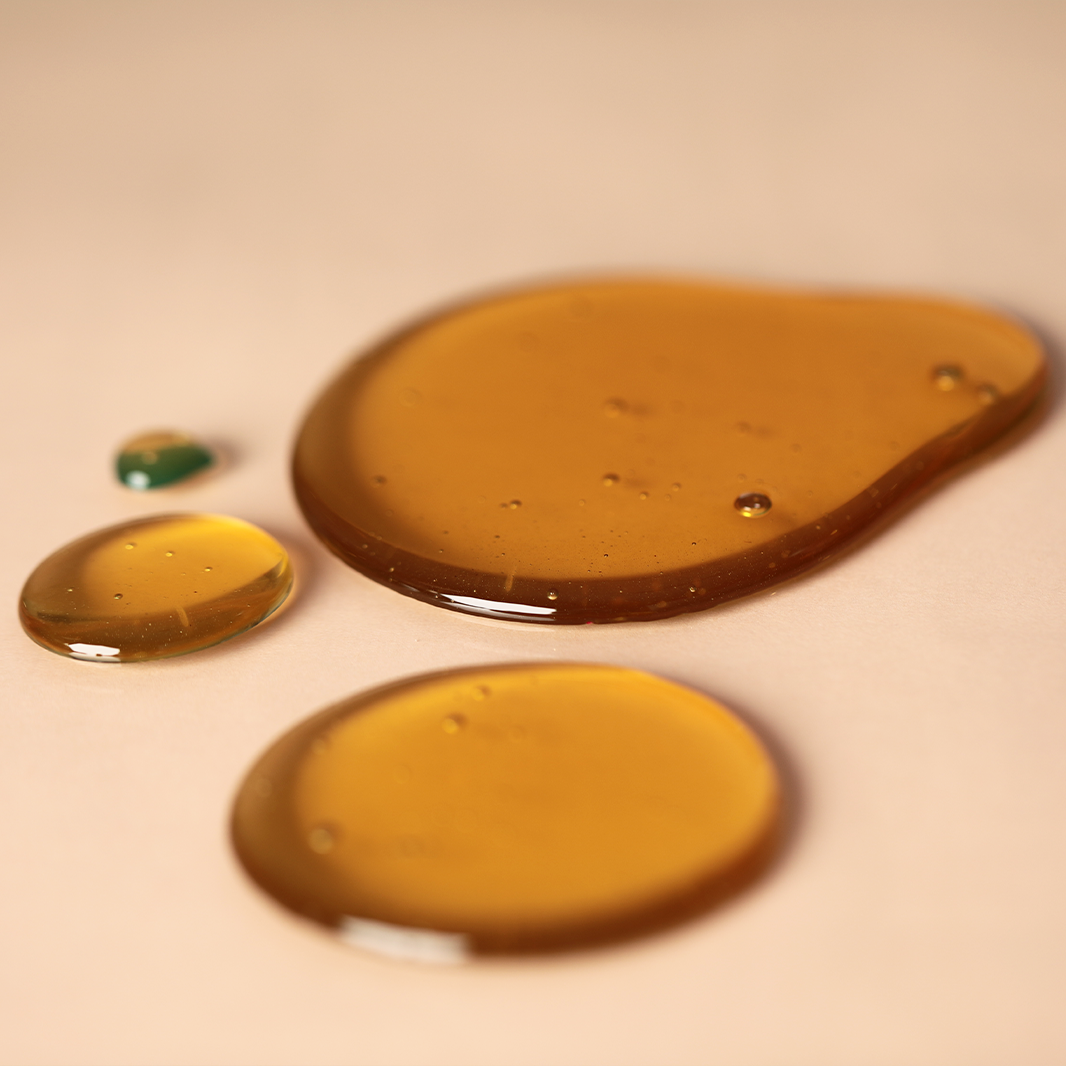Royal jelly is a nutritious food that is produced by bees by consuming plenty of pollen and honey and by secreting it from their hypopharyngeal glands. Worker bees use royal jelly to feed queen bee and its babies. It used immediately at the time of secretion and is not stored. The larva, which is planed to be the queen bee, is fed with 25 times more royal jelly compared to a worker bee larvae. In commercial royal jelly production, queen bee cells are placed in the hives using a frame and larvae are transferred and larvae inside queen bee cells, which are candidates for queen bee, are fed with royal jelly.
Royal jelly is very rich in nutrients and contains protein, carbohydrates, oils as well as vitamins (Niacin (B3), Pyridoxine (B6), Thiamine (B1), Riboflavin (B2), Pantothenic acid (B5), Folic acid, Biotin (H), minerals (Potassium (K), Calcium (Ca), Magnesium (Mg), Zinc (Zn), Iron (Fe), Copper (Cu), phenolic substances, amino acids, oil acids, organic acids, and numerous other compounds with different activity level.
A research carried out in 2012 evaluated the effect of the royal jelly on body weight, total daily energy needs, and macronutrient intake in type 2 diabetic females. The experiment involved 50 volunteers aging between 30-65 who were overweight and diabetic females having a BMI of about 25-30 kg/m². Half of the volunteers received 1000 mg royal jelly for eight weeks and the rest, as a control group, none. The results of the study demonstrated that the bodyweight, total daily energy, and carbohydrate intakes of diabetic women received royal jelly as a supplement decreased significantly, in contrary to the increase in the control group during the trial. The scientists suggested that royal jelly may be helpful in the regulation of the level of blood sugar and controlling the bodyweight of diabetics.
Referance
Pourmoradian S, Mahdavi R, Mobasseri M, Faramarzi E, Mobasseri M, Effects of Royal Jelly Supplementation on Body Weight and Dietary Intake in Type 2 Diabetic Females, Health Promotion Perspectives, Vol. 2, No. 2, 2012; P: 231-235. Scientific Publications






